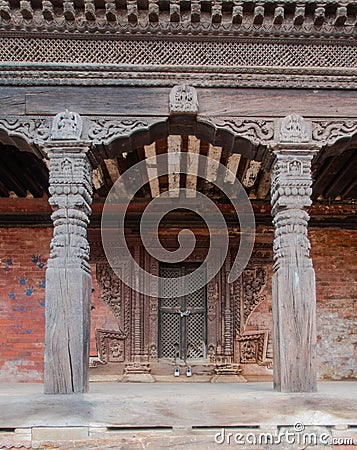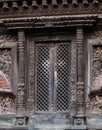Designed by
Title
Nepali wood windows #279863359
Description
Nepali wood windows are an integral part of the country's architectural heritage and are renowned for their intricate craftsmanship. These windows are primarily found in traditional Newari-style buildings, which are prevalent in the Kathmandu Valley and other parts of Nepal. Nepali wood windows are typically made from teak, a durable and termite-resistant hardwood. The windows consist of intricately carved wooden frames and panels. The carvings on the frames often depict religious motifs, mythological figures, floral patterns, and geometric designs. One of the distinctive features of Nepali wood windows is the presence of multiple small panels within a single frame. These panels are intricately carved and often feature latticework, allowing light and air to pass through while maintaining privacy. The craftsmanship of Nepali wood windows is highly regarded, with skilled artisans meticulously carving each detail by hand. The carvings showcase the rich cultural heritage of Nepal and reflect the influence of Hindu and Buddhist traditions. These windows are not only decorative but also functional. They are designed to provide adequate ventilation while protecting the interior from harsh weather conditions. The latticed patterns allow for the circulation of air, keeping the rooms cool during the hot summers and ensuring proper airflow. Nepali wood windows have become a symbol of Nepal's architectural beauty and are frequently seen in ancient palaces, temples, monasteries, and traditional houses. Today, they continue to be a prominent feature in both historic and modern buildings, adding a touch of elegance and cultural authenticity to the architectural landscape of Nepal.
















